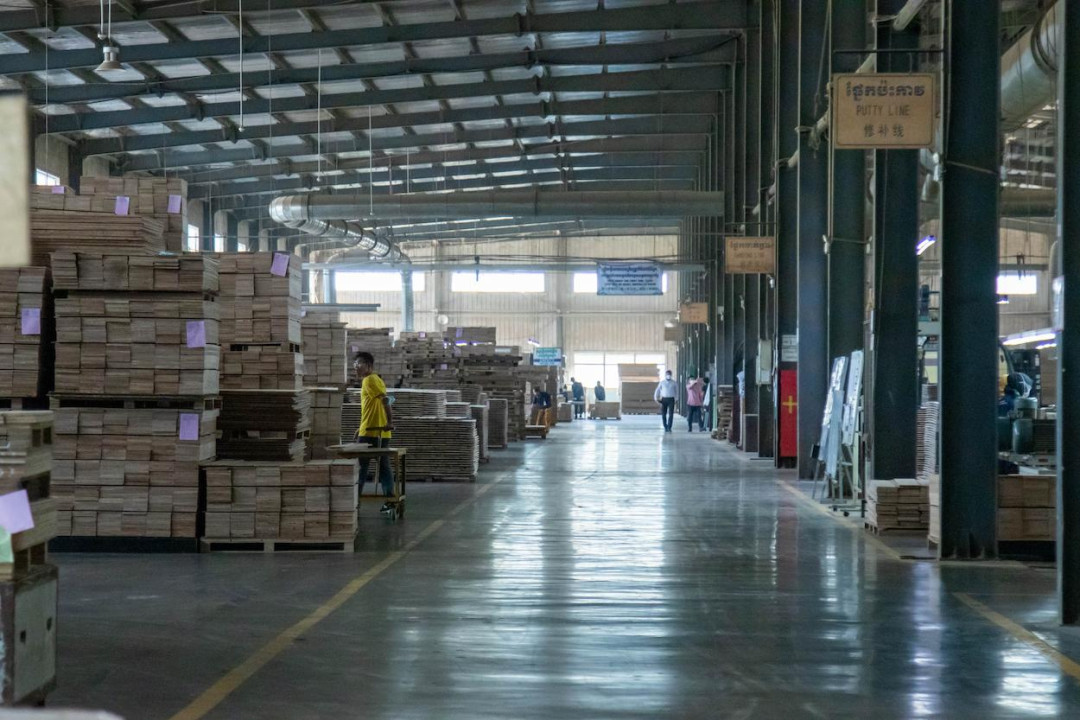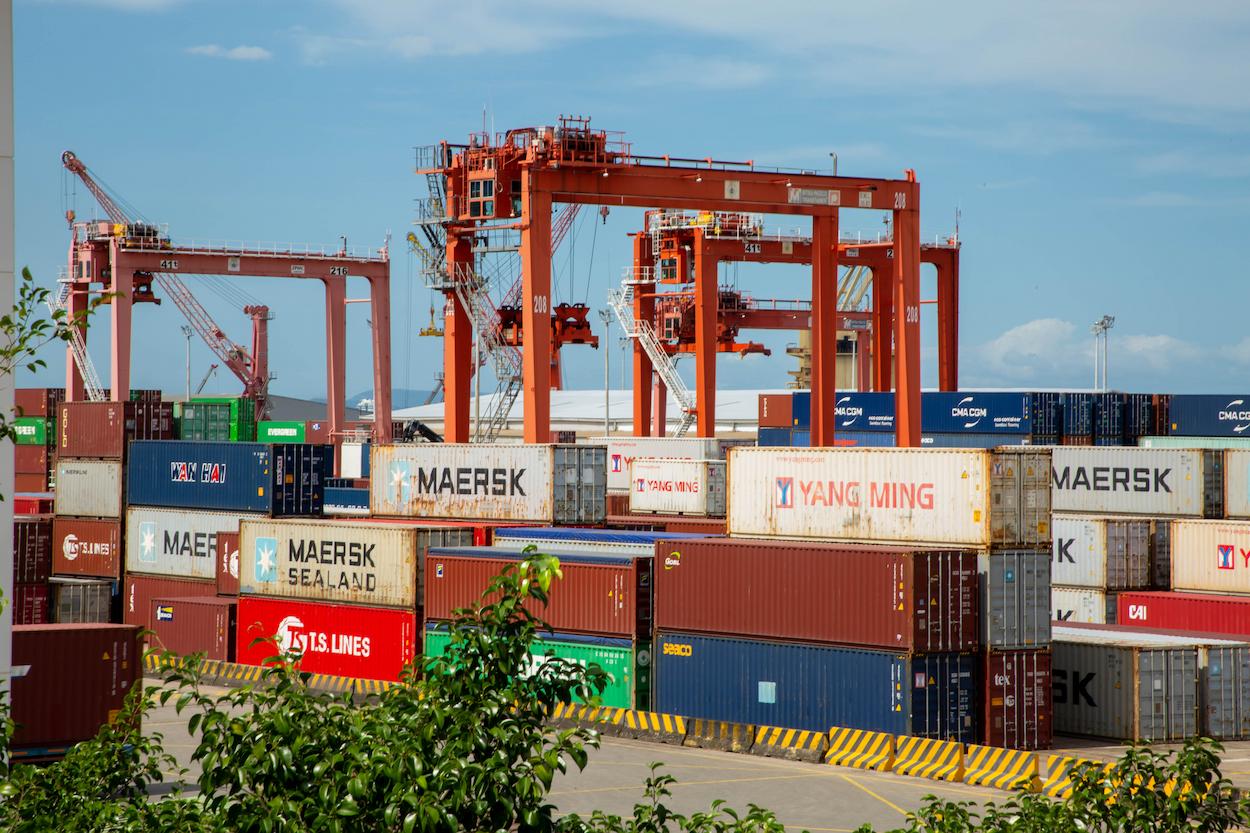Expert Suggests Cambodia Expand Enforcement of Rule of Origin Rules to Export Markets Beyond the U.S.

On April 30, 2025, the Cambodian government issued an inter-ministerial Prakas detailing the requirements for Rule of Origin (ROO) certificates for items destined for export to the United States. This decision follows negotiations between the two countries after the White House imposed a 49 per cent tariff on Cambodian goods.
The U.S. and Cambodia held a virtual videoconference on May 2 to discuss tariff issues. The two countries are scheduled to hold another round of tariff negotiations in Washington on May 14-15, 2025.
The Prakas, issued by the Ministry of Commerce (MOC) and the Ministry of Economy and Finance (MEF), states that starting May 12, 2025, 126 items exported from Cambodia to the U.S. must obtain a ROO certificate from the ministry.
Edwin Vanderbruggen, Senior Partner at Andersen Cambodia, commented on this development in an email to B2B Cambodia, emphasising that the ‘Origin Certification Letters’ referenced in the Prakas are a direct response to past complaints and investigations from trade partners, including the U.S.
“Cambodia rarely issues actual Certificates of Rules of Origin, as it benefits from extensive WTO exemptions as a Least Developed Country (LDC). The concern is that some products exported from Cambodia are documented as having more value added and raw materials from Cambodia, [which is] not really the case,” Vanderbruggen explained.
He further noted that no WTO member accepts transshipment or “insufficient working or processing.”
“Preferential and non-preferential rules of origin aim to determine the economic, real origin of products based on where the raw materials come from, their value, and the value of the production that takes place in Cambodia,” he added. “For instance, if products from China face countervailing duties in the U.S. due to alleged subsidies, the same duties could apply to products exported from Cambodia if they can be traced back to their true origin in China, with Cambodian factories merely serving as transshipment points.

“With this Prakas, along with a new regulation setting out Standard Operating Procedures (SOP), the Cambodian Government is trying to address this problem by improving the monitoring of factories. Factories need to register online, and the Cambodian trade authorities will conduct site visits at no cost to the factories. They must also provide increasingly detailed information and documentation on their production inputs and processes. I expect scrutiny by authorities will increase regarding their production documentation, such as invoices, bills of lading, packing lists, etc.”
Vanderbruggen believes this is a positive initiative by the Cambodian government, stating:
While it’s uncertain if it will help soften the U.S. reciprocal tariffs, it will certainly not hurt. It can improve Cambodia’s reputation in terms of following international trade rules and transparency. But it only works if it works.
He also highlighted that the Cambodian authorities must have the resources to do an effective job.
“All these site visits cost manpower of skilled officials and implementation costs to do swiftly. Additionally, it raises the question: Why focus only on the U.S.? The EU and Japan appear to be more reliable markets for Cambodia at this time. I suggest extending the new SOP to cover all exports, not just those to the U.S.,” he concluded.